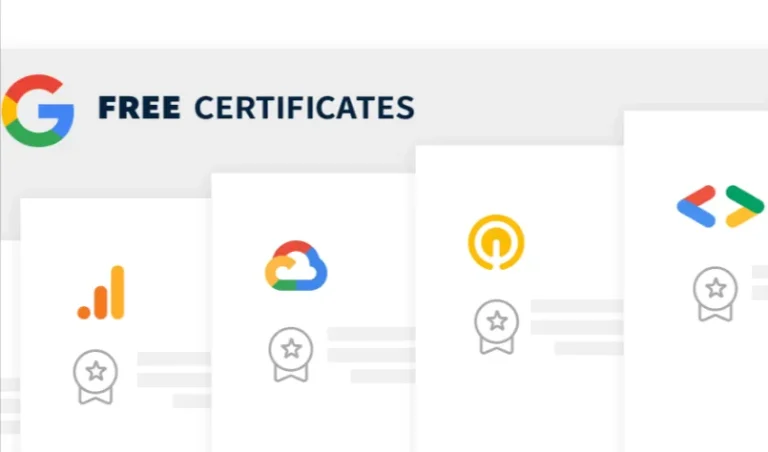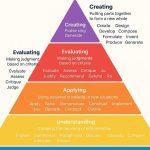
Digital Learning Platforms: Transforming Education
Introduction
Digital learning platforms have revolutionized how people access education. These platforms provide tools and resources that make learning flexible, interactive, and accessible from anywhere in the world.
In today’s fast-paced world, digital education has become essential. It addresses the need for lifelong learning, skills development, and accessible education for all. Whether you’re a student, a teacher, or a professional, digital learning platforms offer solutions tailored to your needs.
Benefits of Digital Learning Platforms
Increased Accessibility
Digital learning platforms break down barriers to education.
- Reach Remote Students: Students from rural or remote areas can now access high-quality education through online learning platforms.
- Flexible Scheduling: Learners can study at their own pace and choose when to complete lessons, making it ideal for working professionals and students with busy schedules.
Personalized Learning Experiences
The rise of e-learning platforms has made personalized education possible.
- Adaptive Technology: These platforms use algorithms to tailor learning materials to individual needs, ensuring students get the support they need.
- Real-Time Feedback: Instant feedback helps learners identify and correct mistakes quickly, improving understanding and retention.
Cost-Effective Solutions
Digital learning platforms are budget-friendly for both institutions and students.
- Reduced Infrastructure Costs: Schools and organizations save money on physical infrastructure like classrooms and materials.
- Scalable Solutions: These platforms can accommodate a growing number of users without significant additional costs.
Key Features of Digital Learning Platforms
Learning Management Systems (LMS)
One of the most popular types of digital learning platforms is the Learning Management System (LMS).
- Course Creation and Management: Teachers and instructors can create, manage, and deliver courses effortlessly.
- Student Tracking and Analytics: LMS platforms track progress, attendance, and performance, helping educators identify areas of improvement.
Interactive Tools
Engagement is key in online learning, and digital platforms offer various tools to enhance interaction.
- Video Conferencing: Platforms like Zoom and Microsoft Teams enable real-time discussions and virtual classrooms.
- Discussion Forums: These forums foster collaboration and peer-to-peer learning, making education more engaging.
Mobile Optimization
Learning on the go has never been easier.
- On-the-Go Learning: Mobile-optimized platforms allow students to access courses anytime, anywhere, from their smartphones or tablets.
- Responsive Design: A seamless experience across devices ensures learners stay connected without interruptions.
Types of Digital Learning Platforms

Massive Open Online Courses (MOOCs)
MOOCs are a popular form of digital learning.
- Examples: Platforms like Coursera and edX offer courses from top universities and institutions worldwide.
- Wide Range of Topics: From coding to art history, learners can explore a variety of subjects.
Specialized Learning Platforms
These platforms focus on specific skills and industries.
- Examples: Platforms like Udemy and LinkedIn Learning provide courses tailored for personal and professional development.
- Skill Certification: Learners can earn certificates to showcase their achievements to employers.
Enterprise Learning Platforms
Businesses use these platforms for employee training and development.
- Examples: Workday Learning and SAP SuccessFactors are designed for organizations to enhance workforce skills.
- Customizable Content: Companies can tailor training programs to meet their specific needs.
Challenges and Future Directions
Integration with Traditional Education
Blending online and offline learning is a challenge but also a significant opportunity.
- Blended Learning Models: Combining classroom instruction with digital tools creates a more holistic educational experience.
Data Security and Privacy
Protecting user data is a critical concern for all digital learning platforms.
- Student Data Protection: Strict measures must be in place to ensure that personal and academic information remains secure.
Artificial Intelligence and Automation
AI is shaping the future of online learning platforms.
- Enhanced Personalization: AI-driven tools offer highly customized learning paths for students.
- Efficient Automation: From grading to content recommendations, automation reduces the workload for educators.
Conclusion
Digital learning platforms are transforming the way we learn, teach, and grow. They offer accessibility, personalization, and cost-effectiveness that traditional education methods cannot match.
From MOOCs to enterprise platforms, the variety of digital learning tools ensures there’s something for everyone. As technology evolves, these platforms will continue to integrate with traditional education, improve data security, and leverage AI for even better experiences.
The future of education is digital, and it’s time to embrace these platforms to unlock new opportunities for learners and educators alike.
Call-to-Action (CTA):
Explore the world of digital learning platforms today! Whether you’re a student, teacher, or professional, these platforms can help you achieve your goals. Start your journey now!








